Passionate supporter of creatures that suck! & advocate of the need for a wormier world
#consgen #popgen #phylo #molevol #evolution
yes-dtn.ac.uk/research/the...

#consgen #popgen #phylo #molevol #evolution
yes-dtn.ac.uk/research/the...

No cover yet, but there's a web page. Incredibly pleased to be part of this important - and affordable! - volume on extinction studies. Pre-order now because I promise it will be good

No cover yet, but there's a web page. Incredibly pleased to be part of this important - and affordable! - volume on extinction studies. Pre-order now because I promise it will be good

Hopefully it gets you thinking about how there's more than meets the eye with parasites and whether we should bring them into the fold of conservation concern
theconversation.com/parasites-ar...
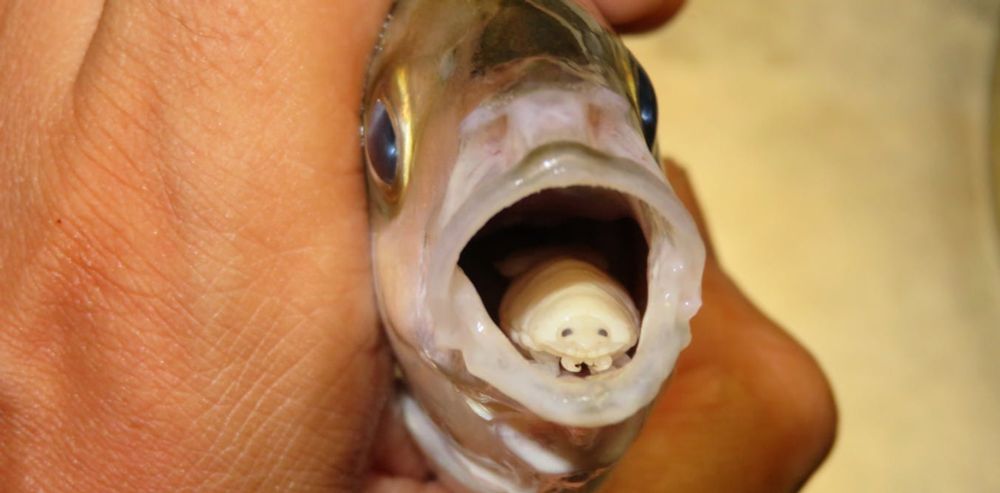
Hopefully it gets you thinking about how there's more than meets the eye with parasites and whether we should bring them into the fold of conservation concern
theconversation.com/parasites-ar...
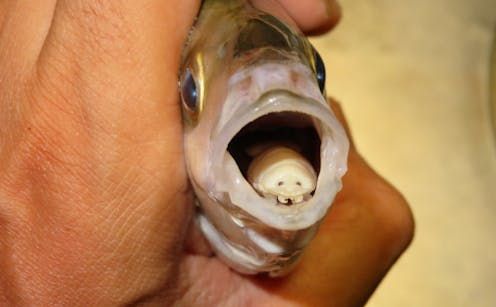
I got my views on mammoths down. Enjoy.
www.theguardian.com/commentisfre...
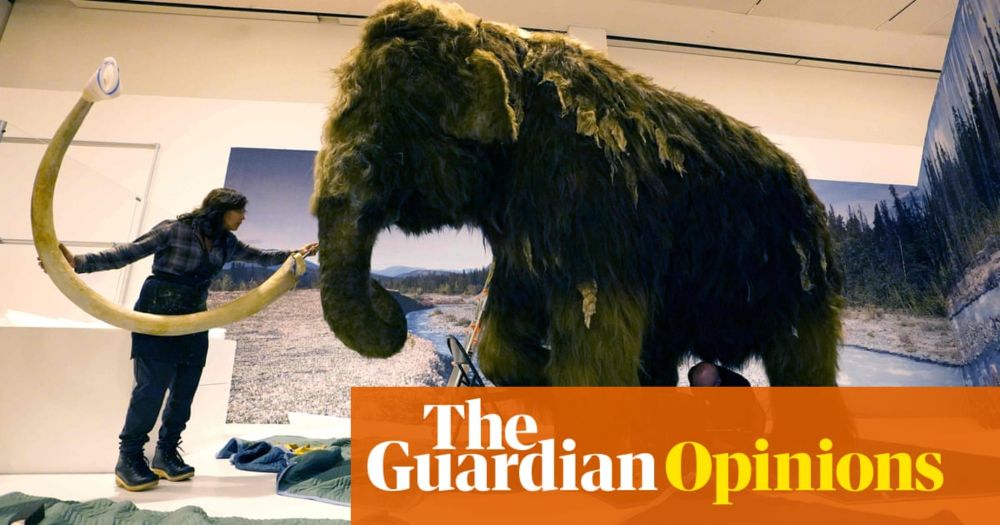
onlinelibrary.wiley.com/doi/10.1111/...
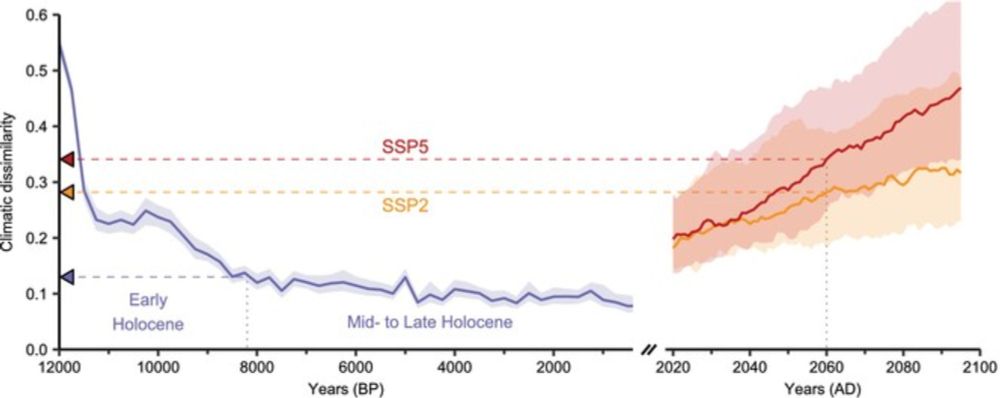
onlinelibrary.wiley.com/doi/10.1111/...
It's full of incredible, original thoughts about how we view and interact with the world around us in a time of massive biodiversity loss 📷🍃
doi.org/10.1017/ext....
It's full of incredible, original thoughts about how we view and interact with the world around us in a time of massive biodiversity loss 📷🍃
doi.org/10.1017/ext....
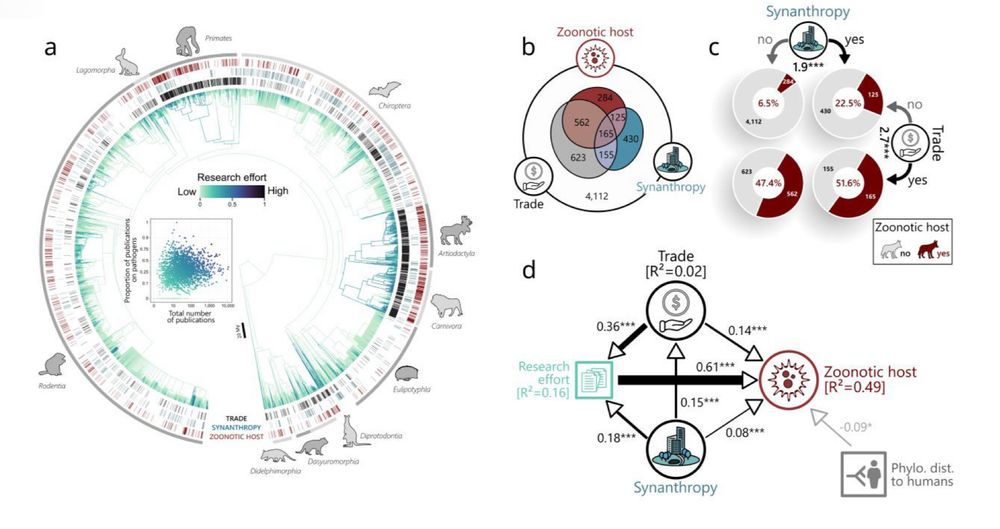
Are parasites important for biodiversity, would you remove them to protect host welfare, or something more nuanced? We want to hear all views to improve guidance for practitioners 🪱🧪🌍🧵1/n
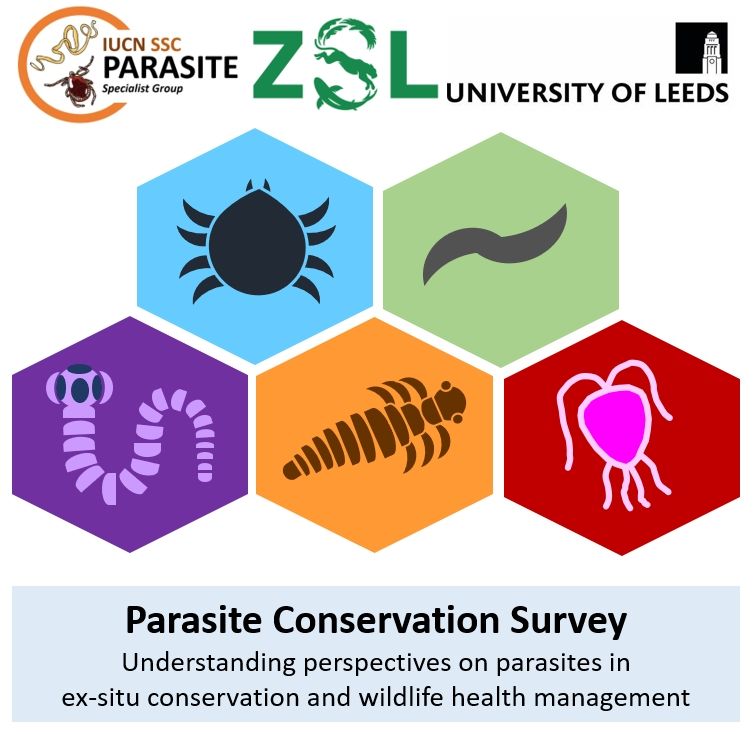
Are parasites important for biodiversity, would you remove them to protect host welfare, or something more nuanced? We want to hear all views to improve guidance for practitioners 🪱🧪🌍🧵1/n
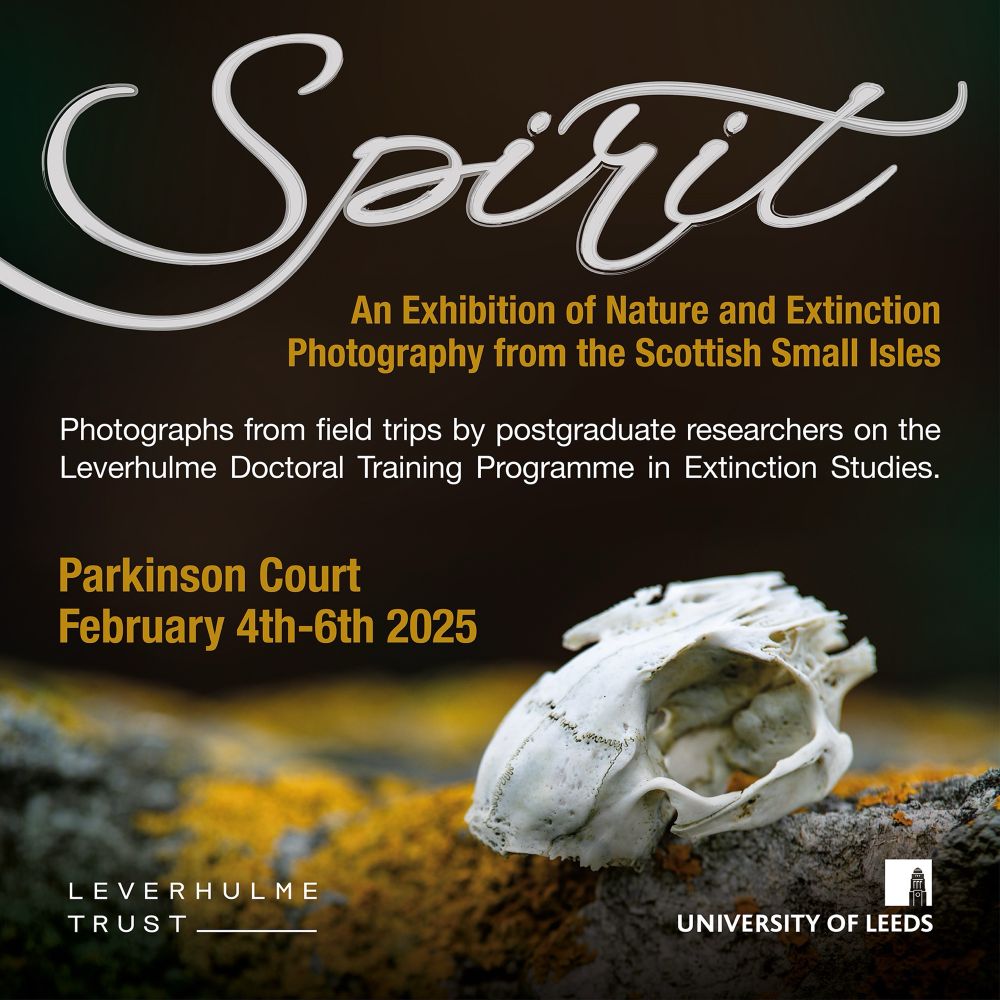
Jon historicises hookworm infection and extinction, showing how plantations (+ environment & individual factors) created the conditions for hookworm to thrive, but were also key in eradication/extinction efforts
doi.org/10.1017/ext....
Jon historicises hookworm infection and extinction, showing how plantations (+ environment & individual factors) created the conditions for hookworm to thrive, but were also key in eradication/extinction efforts
A new fungus, Gibellula attenboroughii (named for Sir David), manipulates orb-weaving cave spiders, altering their behaviour like zombie ants.
This discovery sheds light on hidden fungal diversity in the UK
🔗 doi.org/10.3114/fuse...
#SciComm #Spiders #Fungi 🧪
therevelator.org/ryukyu-rabbi...
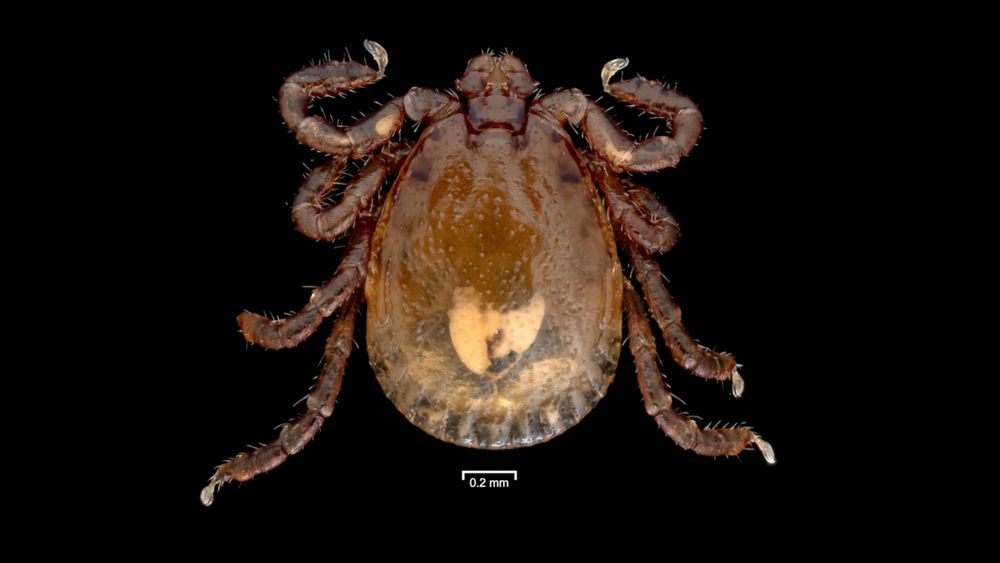
therevelator.org/ryukyu-rabbi...
We cover key questions including: Why conserve parasites? How do you conserve parasites? & What parasite conservation is already happening?
doi.org/10.1111/cobi...
[1/3]
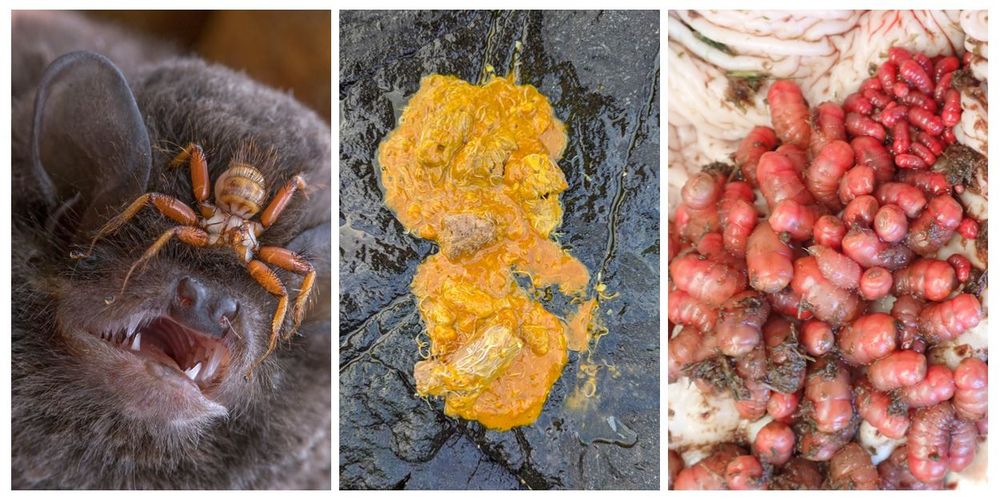
We cover key questions including: Why conserve parasites? How do you conserve parasites? & What parasite conservation is already happening?
doi.org/10.1111/cobi...
[1/3]
We found a characteristic pattern of climate change-induced changes in river fish populations, with differing impact for different species depending on key characteristics.
See our new paper for more info!
www.pnas.org/doi/10.1073/...
Made possible by #RivFishTIME
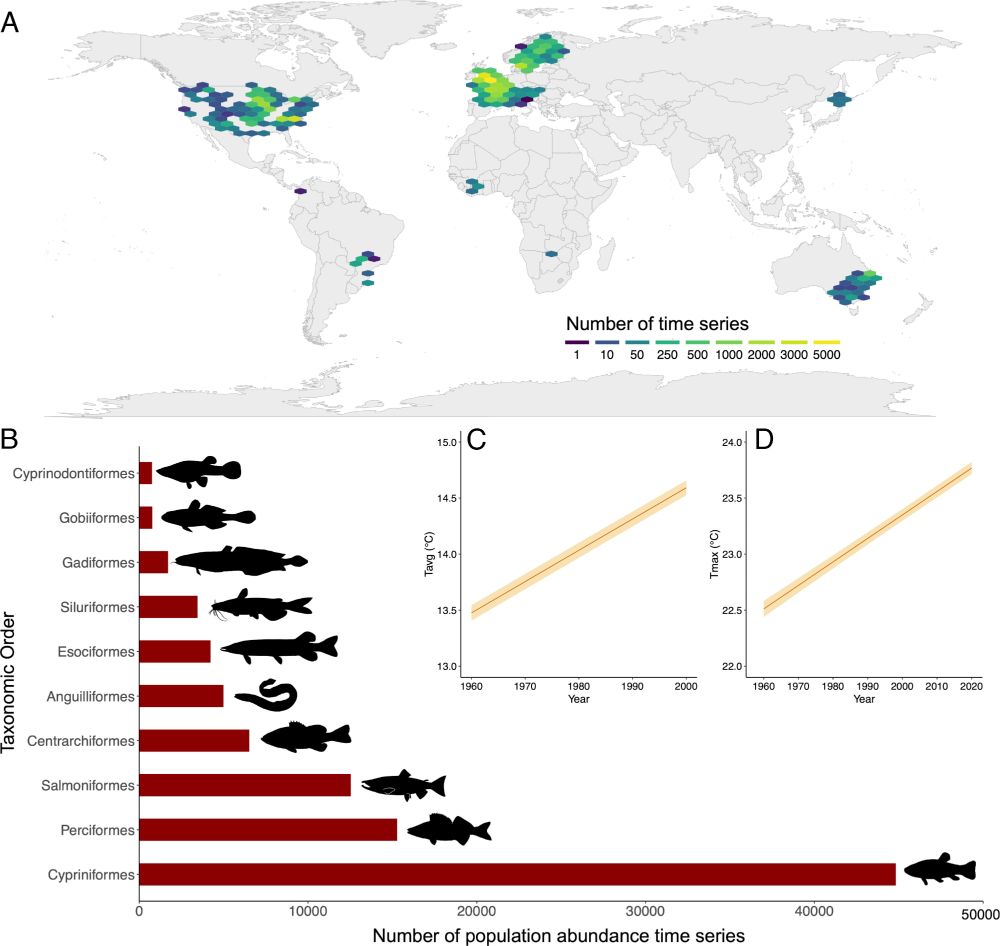
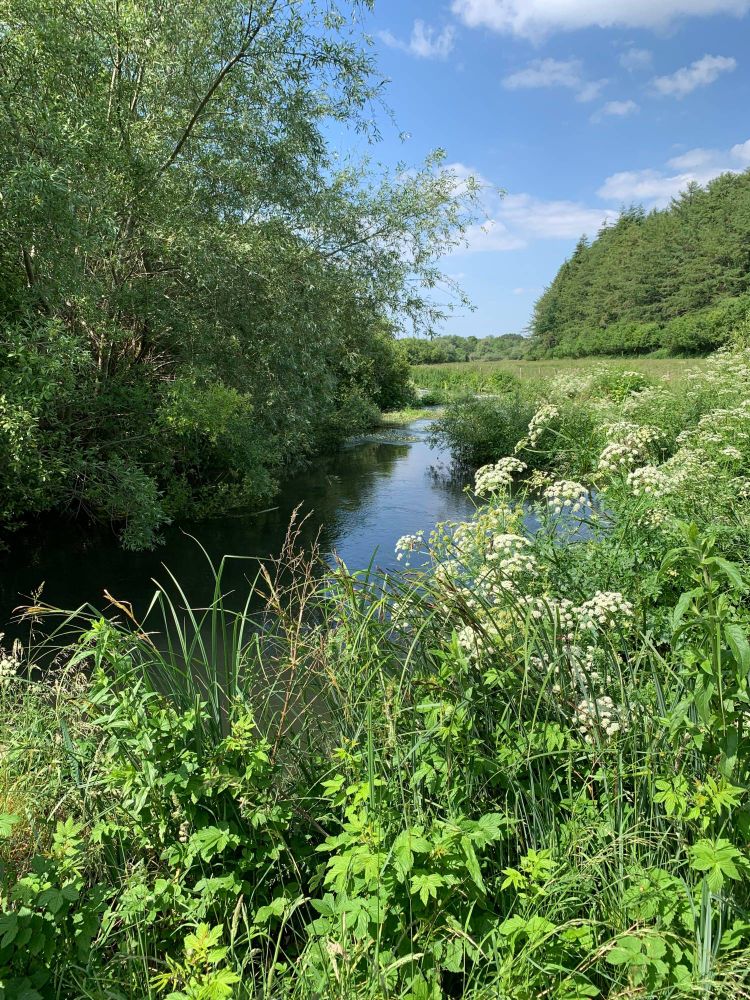
We found a characteristic pattern of climate change-induced changes in river fish populations, with differing impact for different species depending on key characteristics.
See our new paper for more info!

